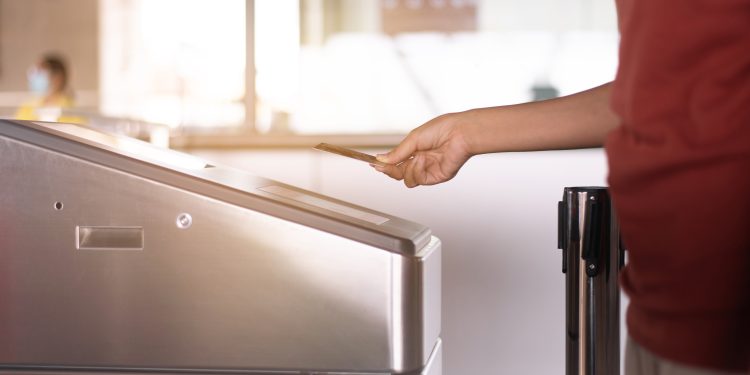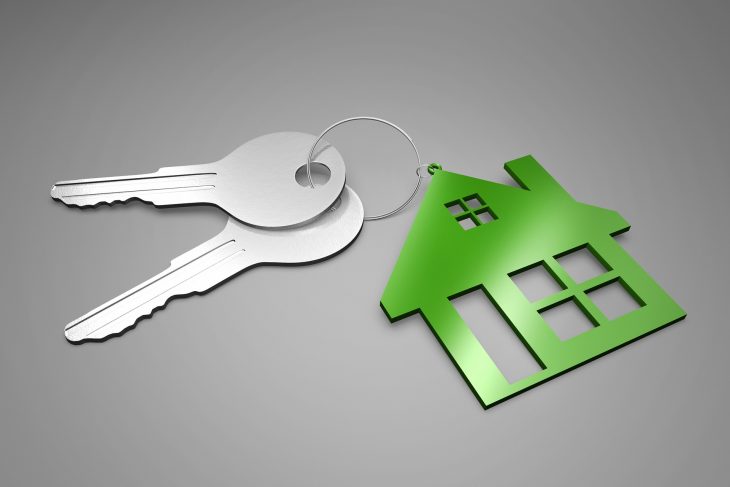The Metropolitan Transportation Authority (MTA) reported that its contactless OMNY fare payment system had been tapped more than one billion times by customers, according to Gothamist.
This marks a significant shift in the way New Yorkers access public transportation and showcases the growing popularity of contactless payment systems. Nearly half of all subway riders—two million riders a day—use the system.
As of 2020, OMNY was rolled out across all NYC stations. To put this even further in perspective, it’s now available across 472 subway stations, 204 local bus routes, and 31 express bus routes. Its seamless integration and ease of use has undoubtedly contributed to its success.
“The implementation of programs like OMNY highlight the changing nature of transit payments,” said Jordan Hirschfield, Head of Prepaid at Javelin Strategy & Research. “The days of solely depending on either token purchases or use of stored-value transit cards will be merged into a singular experience where a rider can just tap a device, that may or may not have an account balance, or even just tap their payment card and go.”
The rising popularity of OMNY reflects a broader global trend in favor of contactless payment systems. Worldwide, there has been an accelerating shift towards cashless transactions. As a result of the COVID-19 pandemic, many individuals have become increasingly conscious of hygiene practices and have embraced touch-free payment methods to reduce physical contact with surfaces.
By eliminating the need for physical tickets or cards, public transport agencies can reduce costs associated with printing and maintenance, as well reducing boarding times.
Attracting people to use public transit involves making it a pleasant experience. Part of Uber’s success has been making its interface simple and easy to use. Public transit advocates would be wise to take a leaf out of their book. Improving the payments infrastructure is a small step that may increase, or at least retain, buy-in to public transit.










